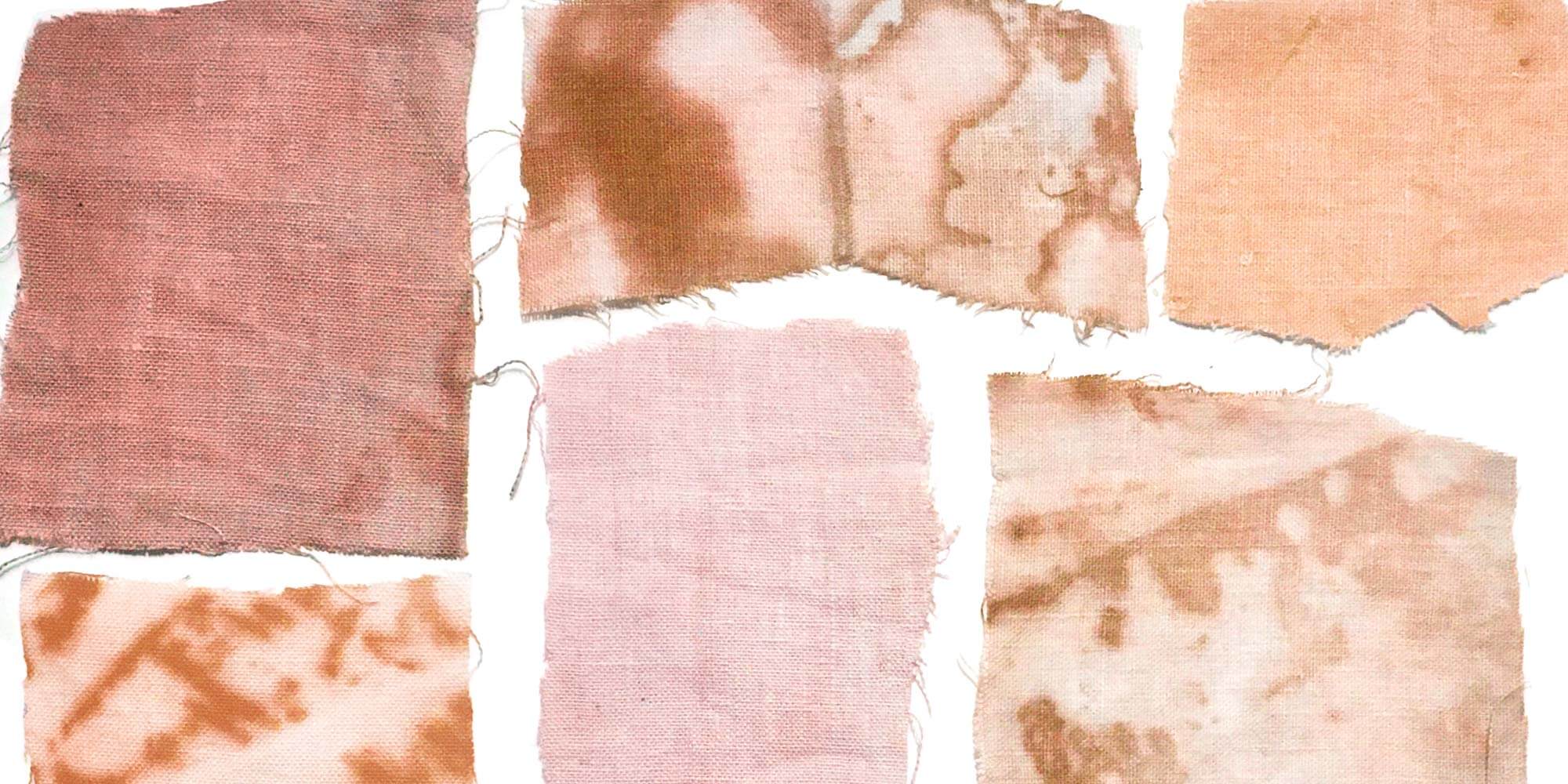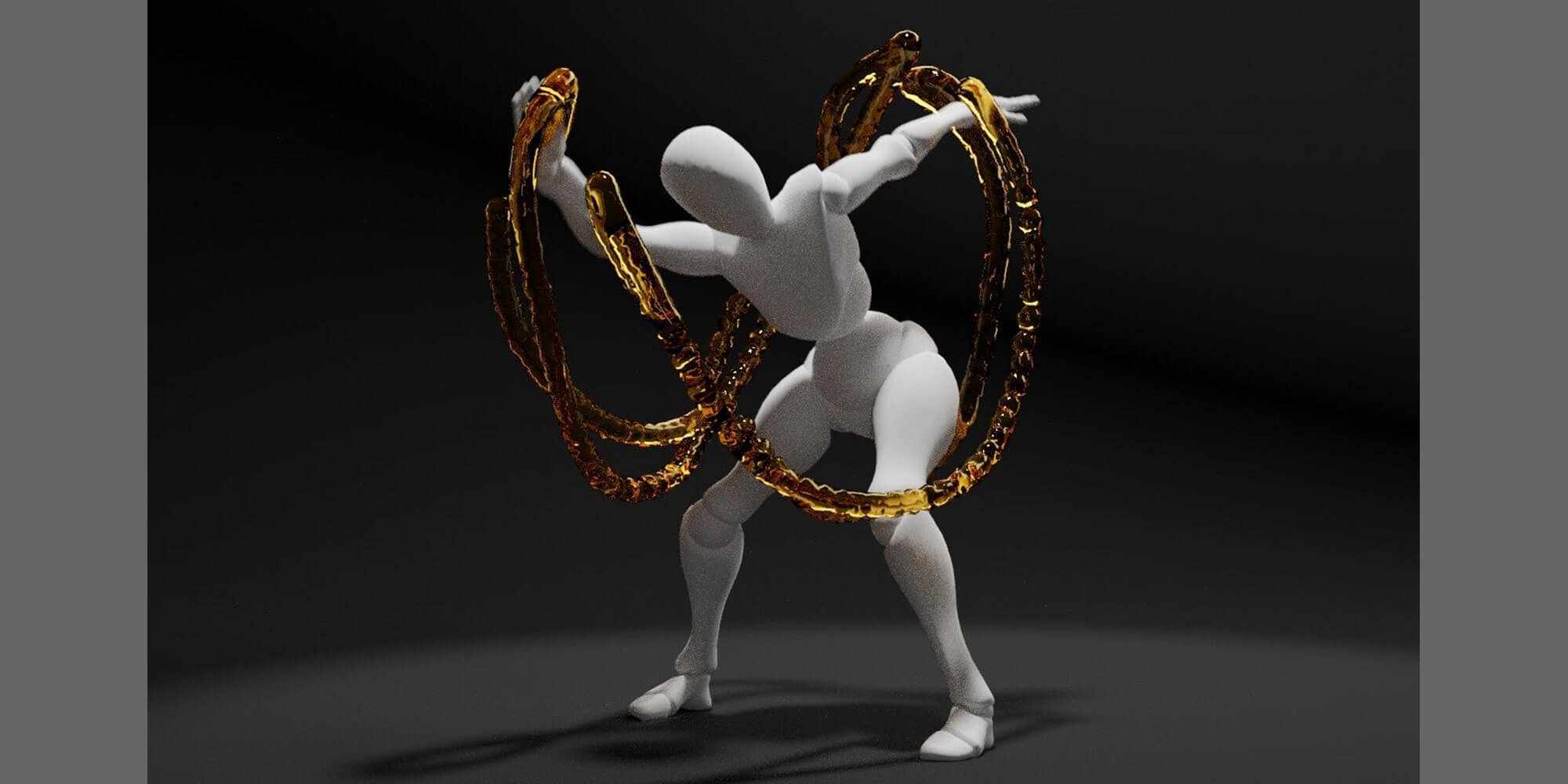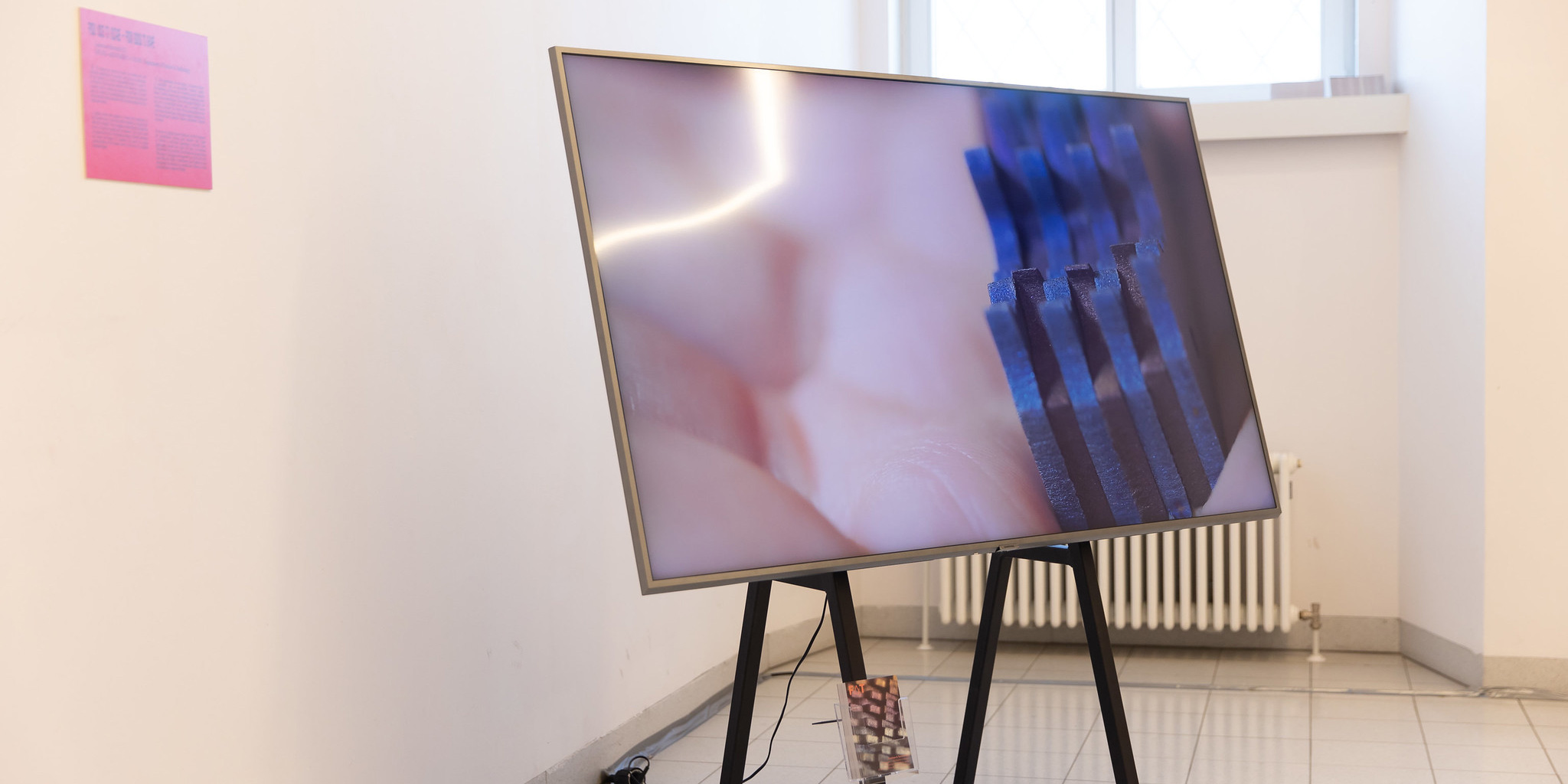Yearning for Colour. Pigment-Producing Bacteria fulfilling Fashionable Desires
Julia Moser (AT)
Humans’ desire to express through colour dates to prehistoric times. Colours serve as a means of communication and expression, directly triggering feelings of relaxation, as well as tense and intense emotions. An unconscious use of colours and dyes, however, harms the environment tremendously and can be seen in rivers that shimmer in all imaginable colours. Toxic and polluted, they destroy the habitat of living creatures that depend on clean water. But not all coloured waters result from this devastating use. Under certain conditions, bacteria produce pigments that turn entire lakes into brilliant colours. The bacteria of these waters are isolated, and the „living pigments“ they produce, and their potential to dye textiles, is explored. The result is a sustainable dyeing method using bacteria from naturally coloured waters, which requires hardly any water and makes the hidden colours of our environment visible.
Dress Codes & Dance Codes
Magdalena Neuburger (AT)
Approaches from the underground are evaluated for their relevance to fashion, and applied at different stages of the digital design and production process. The results are visualizations of recorded traces of movement in various materials surrounding the digital body. They reveal an inherent coherence between the disciplines of fashion and dance. As a communication tool and an identity-building medium, both fields can visually represent individuality and cultural belonging. Freed from physical limitations, the digital designs express these aspects more deeply. Using African and Hispanic diasporic dances as inspiration, the project reflects on the central position of historically privileged Western movements and approaches in the context of fashion, and their destabilization. The artist is aware of her privileged position in being heard and welcomed to spaces that others are rejected from.
From Voice to Voltage / From Sound to Shape
Genevieve Howard (IE)
The objects we choose to adorn our bodies with are personal expressions of ourselves, and can act as extensions of our identity. Our voice is fundamental when it comes to our identity. It is the sonic medium which allows us to express ourselves and it conveys our emotions in real time. The work aims to connect the autobiographical and personal relations that wearable objects mediate with the unique qualities of our individual voices. A digital system was created to remap the frequencies of the human voice in real time while speaking or singing into electrical voltages. These voltages can then directly change the colour of reactive metals such as titanium. The voice is used as a generative tool in the design process to directly influence the colour and shape of a material. The result is a unique representation of the human voice in the form of a tangible wearable object.







